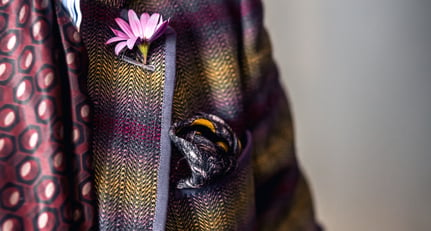“I spent many years working as a fashion photographer on Savile Row,” says Guy Hills of Dashing Tweeds, “which gave me access to all the archives of the fantastic clothes men used to wear. Those wearing tweed in the Victorian and Edwardian eras weren’t old chaps; they were young dudes of the highest fashion.” As photography gradually moved from analogue to digital, Guy began looking for a new career path to explore. Then, while cycling to work in London one morning, he had his lightbulb moment.
Reflecting on the beginnings
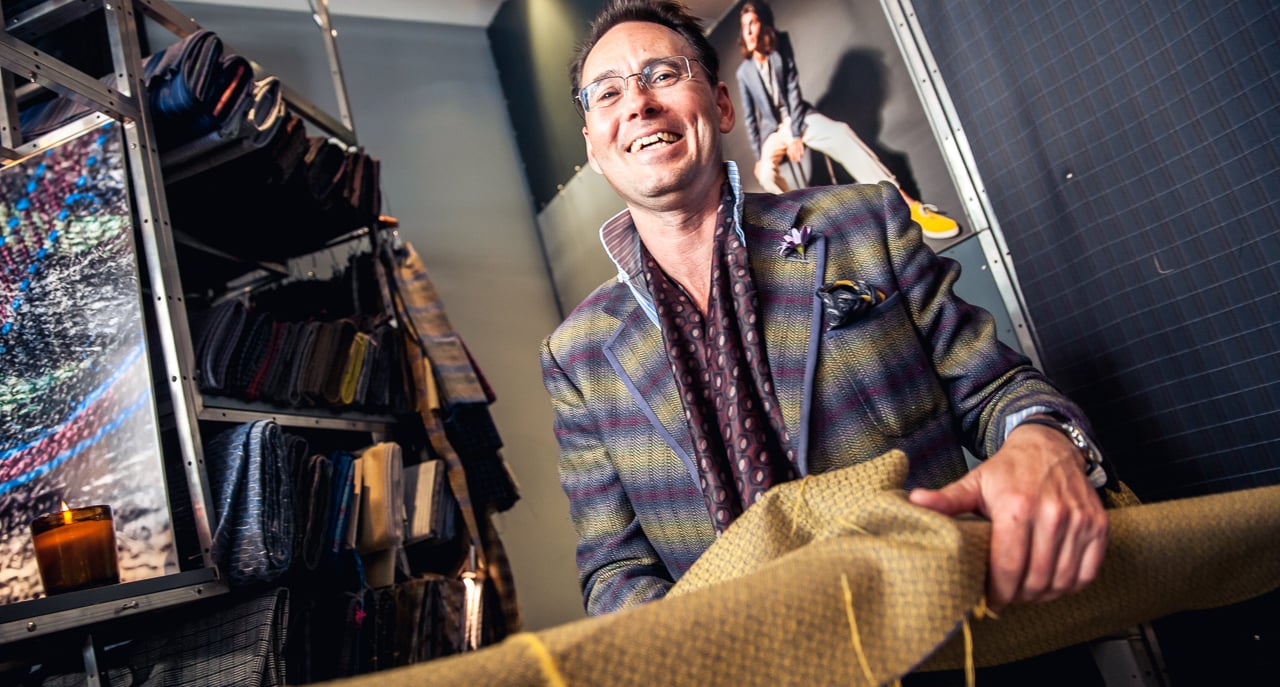
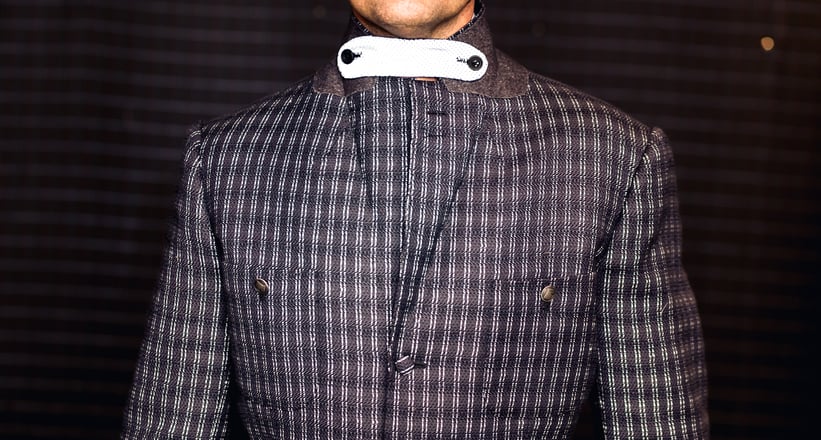
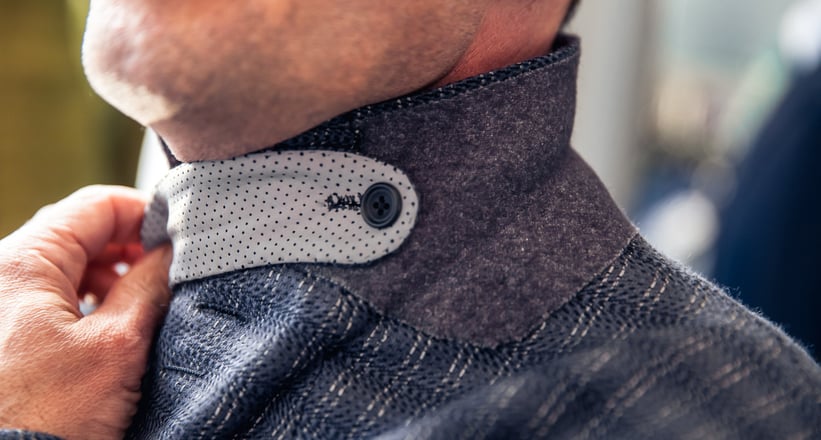
“I always wore tweed when cycling – as was commonplace a century ago – and I felt the reflective gear necessary for cycling in the city took away all the good work of the outfit.” He asked fashion designer Kirsty McDougall, with whom he eventually co-founded Dashing Tweeds, to make him a prototype tweed jacket with reflective thread woven into the design, thus creating what Guy has come to term ‘the urban tweed’. He continues: “Back then, men just really enjoyed dressing up, and tweed was predominantly used as sportswear. Any cycling, shooting, hunting, horse riding or motoring was done in tweed, because it’s inherently waterproof, doesn’t hold any moisture or odour, and can be designed in styles that allow free movement.”
Embracing colour
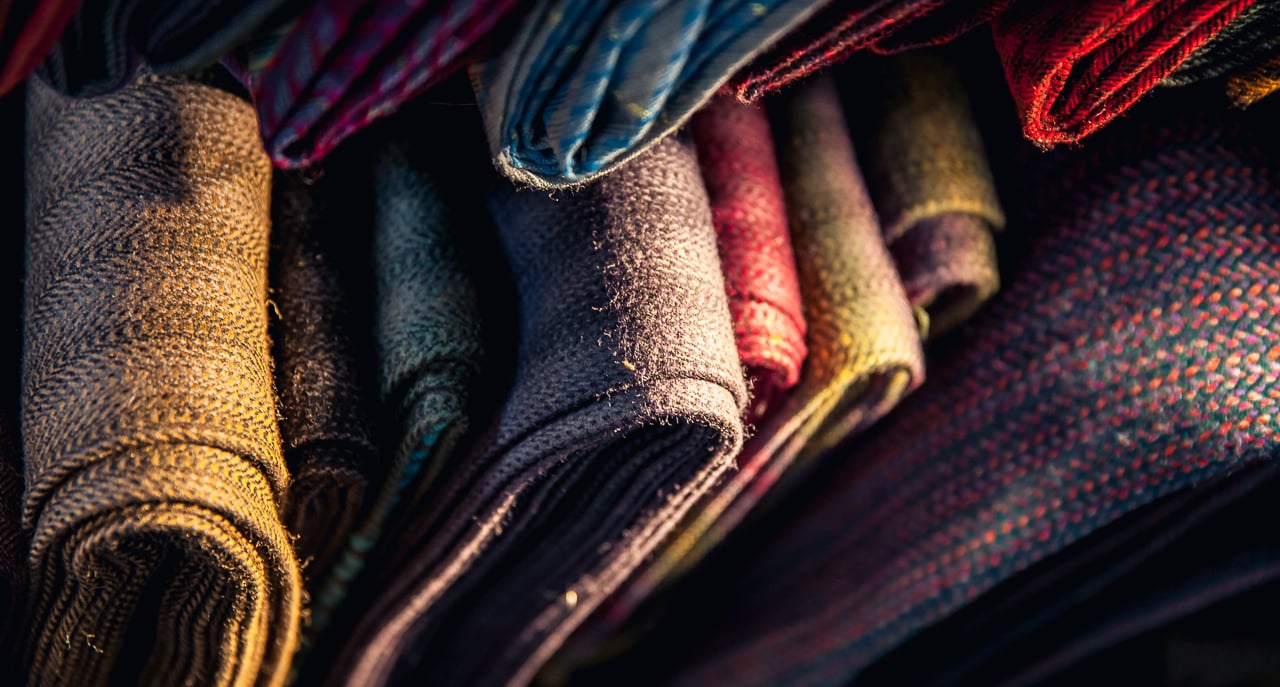
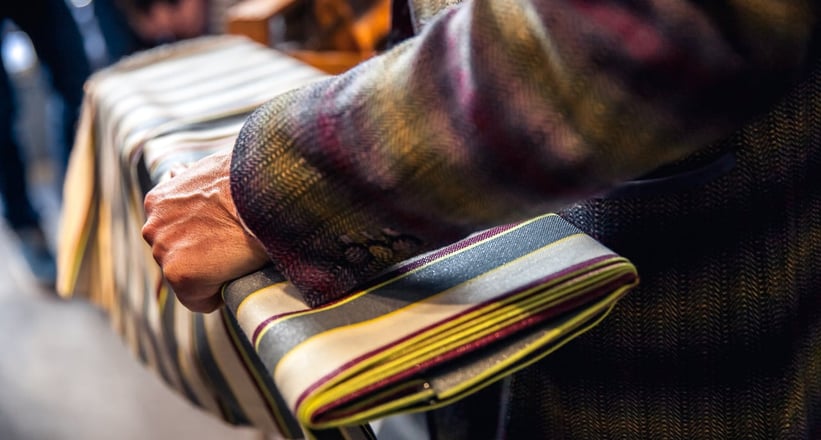
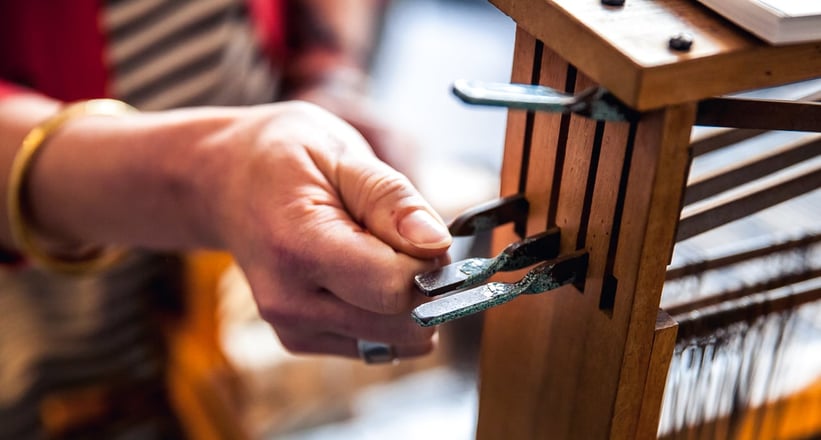
Alongside the commuter-friendly ‘urbans’ and the spin-off shoes, bags and other accessories that use the same patented Lumatwill weave, the company also specialises in tweeds in countless different colour combinations, bespoken to the last detail and hand-woven in traditional Scottish mills. “In the last decade people have begun to embrace heritage again, but nostalgia has tainted their views of the past. People today go for what they think is ‘authentic’, and end up with the same colours and patterns as everyone else. But the more you explore, you realise that kind of past didn’t really exist – what might look relatively plain in the old black and white photographs would probably have been a lot more colourful in real life. People were always looking for new ways to differentiate themselves from their friends.” The notion of producing tweeds that respect heritage without constantly referencing the commonly held idea of the past is allowing the company to experiment fearlessly – and it’s clearly being noticed. Despite only being in existence for four years, Dashing Tweeds has already collaborated with major brands such as Fred Perry, Boxfresh and Hudson shoes.
Ditching supposed correctness
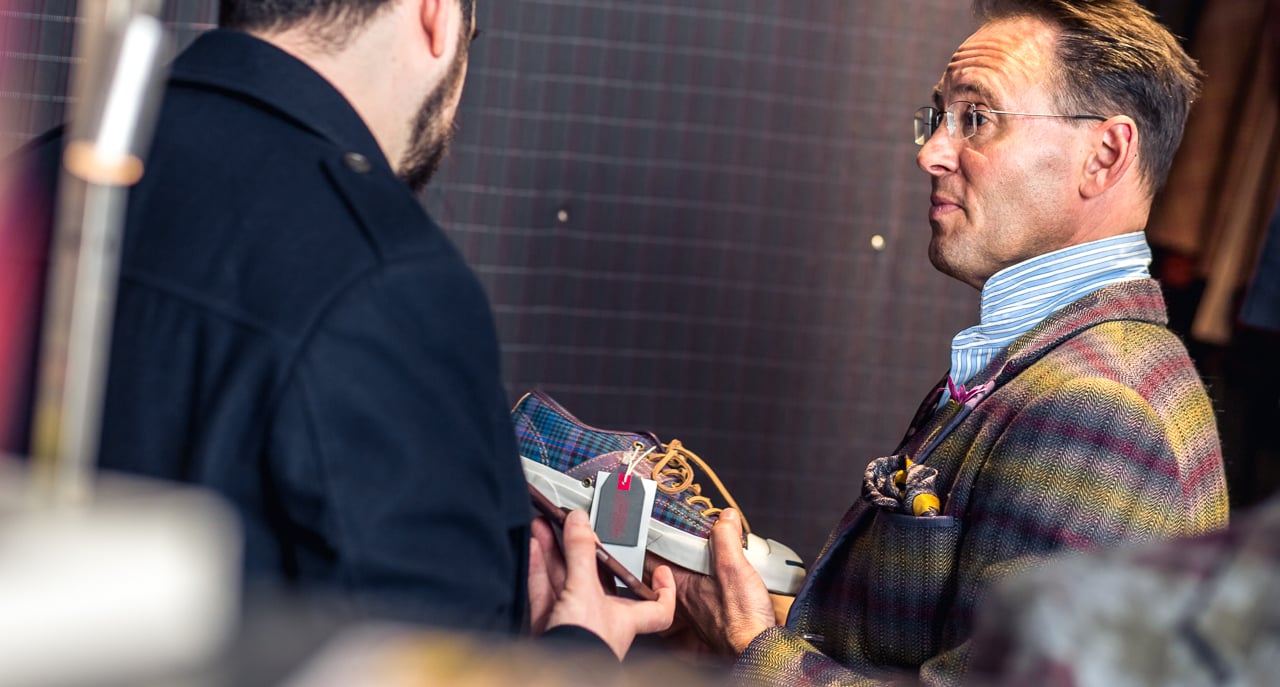
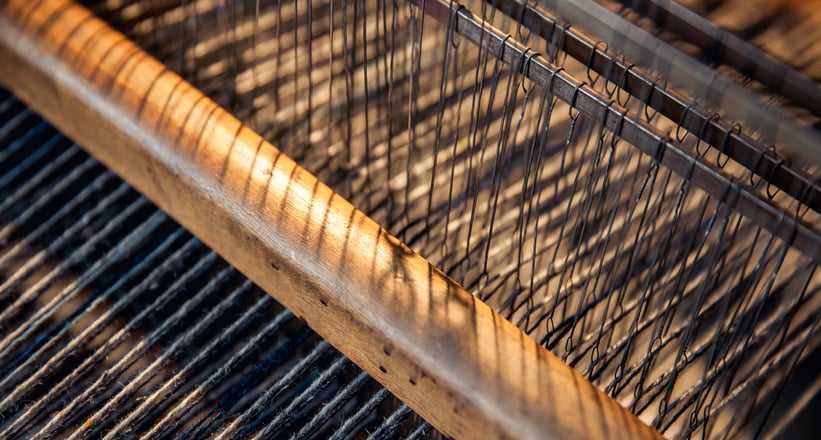
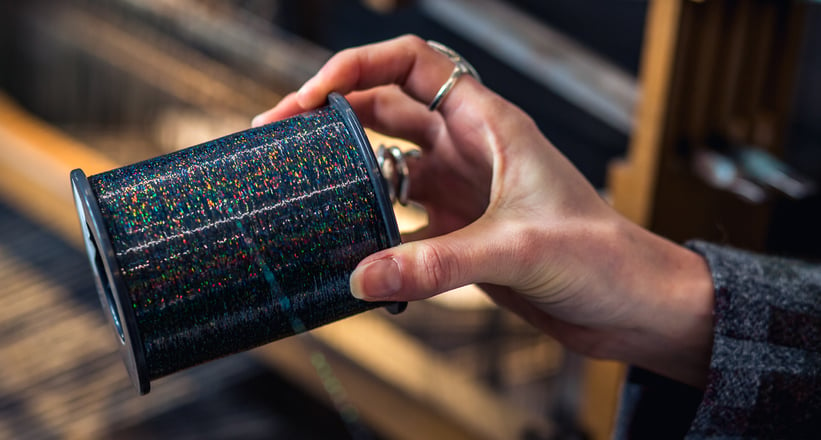
“Britain is very highly regarded in terms of high fashion and product design, respectively proved by the international recognition of the Savile Row suit, as well as people such as Jony Ives at Apple. But it seems as soon as heritage is mentioned, people become obsessed with supposed correctness. Events such as the Goodwood Revival and the Tweed Run have reminded people just how fun dressing up is.” Guy now feels it’s important that, as is common in almost every type of creative industry, the trend completes its circle. “Men can own fashion. I think men today feel slightly emasculated that fashion has been taken away from them, and we encourage them to take it back.”
Photos: © Tim Brown for Classic Driver
